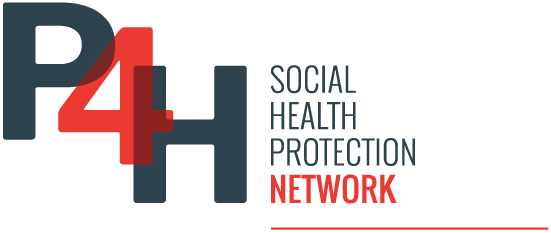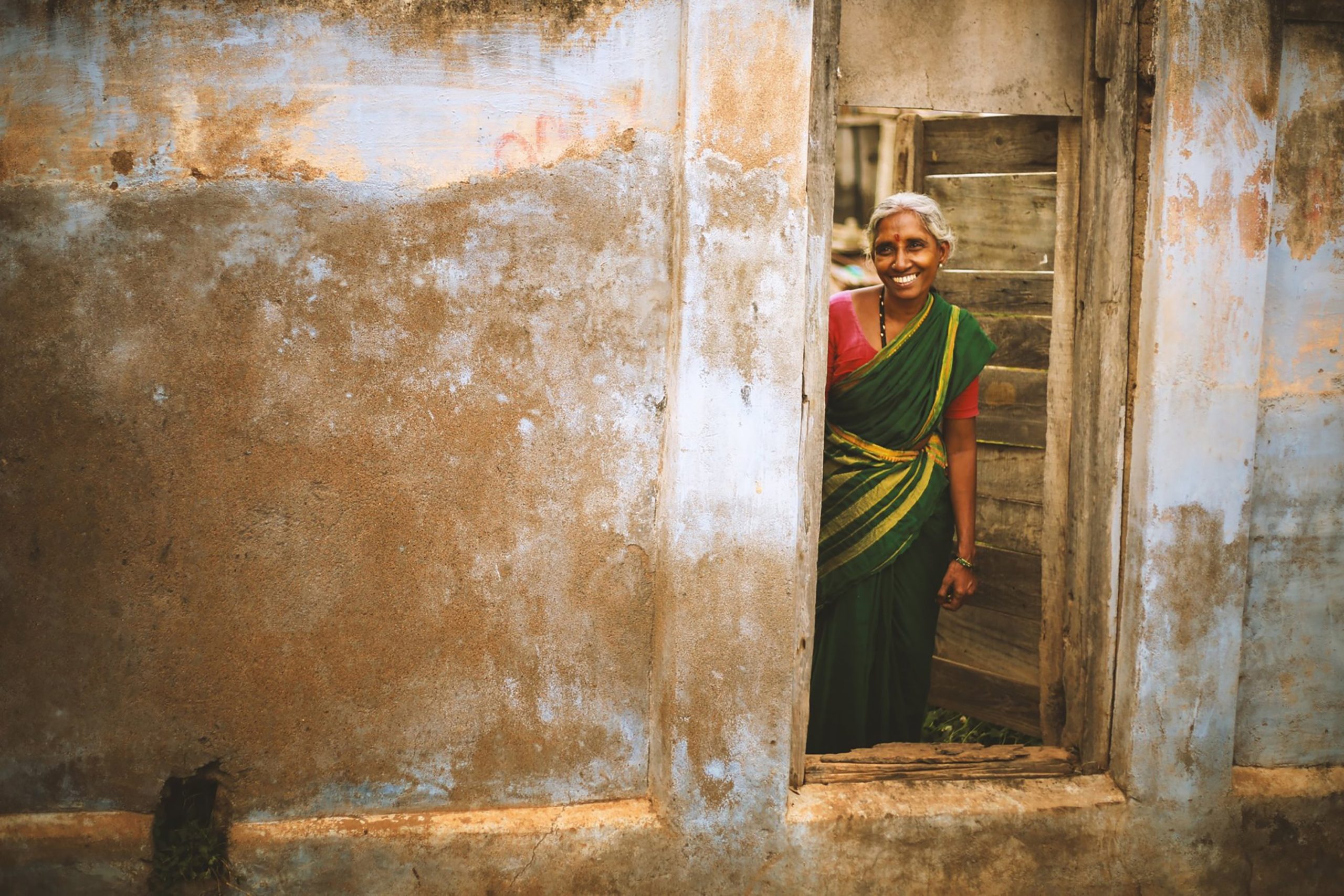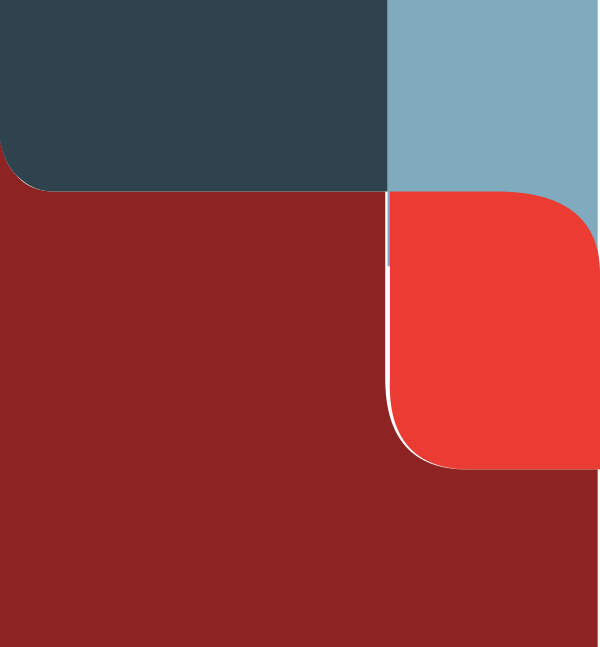Health systems often pick up inequity in the distribution of health benefits due to competing demand and supply factors by various actors. Health care in India is provided by a vast network of public, private-for-profit, charitable and NGO facilities. Typically, people who seek treatment in the public healthcare institutions bear, a smaller out-of-pocket (OOP) expenditure for using the facilities against those who rely on the private sector. And private providers are either not accessible or unaffordable for economically and socially disadvantaged groups. This existence of provider-mix and a fragmented healthcare system creates myriad supply-side factors that exacerbate inequality. On the demand side, health-seeking behaviour guided by level of literacy, socio-economic status and health awareness and gets further compounded by geographical and financial constraints in the accessibility of healthcare.
This study examines the magnitude of horizontal inequity in health status and utilization of health care service across economic classes; vertical inequity in financial risk protection to identify the impact of out-of-pocket expenditure on households by economic status; and also examine the public subsidy targeting to know that who gets benefits of public subsidies by economic status giving an indicator of redistribution.
The study reports that self-reported morbidity rate was higher among richer population groups in Low ETL state category, Lower-middle, and Higher-middle ETL state group. Still, in high ETL state groups, poor people reported high morbidity rates. Unmet need for treatment seeking was more among poor population at national level as well as for all state categories.
Besides the health care expenditure being higher among richest economic quintile, the poorest 20%faced a greater burden of income loss due to OOP spending, which indicates that poorest population were spending more as a proportion of their income across all the states groups. CHE was found to be concentrated among the bottom 20% as exhibited from negative concentration indices for all the state classifications. Higher burden of income loss due to health care utilization, particularly, high cost of hospitalization poses financial barricades for the poor economic groups; the implications of which are often inter-generational.
The hospitalizations in public health facilities were higher among the poor. Poor benefited more from public health facilities, probably because they have constrained economic resources to afford care in a private healthcare institution. Furthermore, OPD consultations in public health facilities also had pro-poor distribution across all state categories and at all India level.
Out of pocket expenditure due to the hospitalization was almost 6 times higher in private health facilities compared with public health institutions for all ETL state classifications. the average share of monthly income loss due to out-of-pocket expenditure was higher in Low ETL state group (17.4%). In contrast, it was lower in Lower-middle ETL state group (9.5%).
Almost 12% patients reported facing financial hardship to seek inpatient care as the ensuing expenditure was financed through borrowing and selling of household assets/jewellery and hardship financing was nearly twice among patients who had taken the treatment in a private hospital. Poorest economic class registered higher CHE with pro-poor distribution at all India level along with all the state categories.


